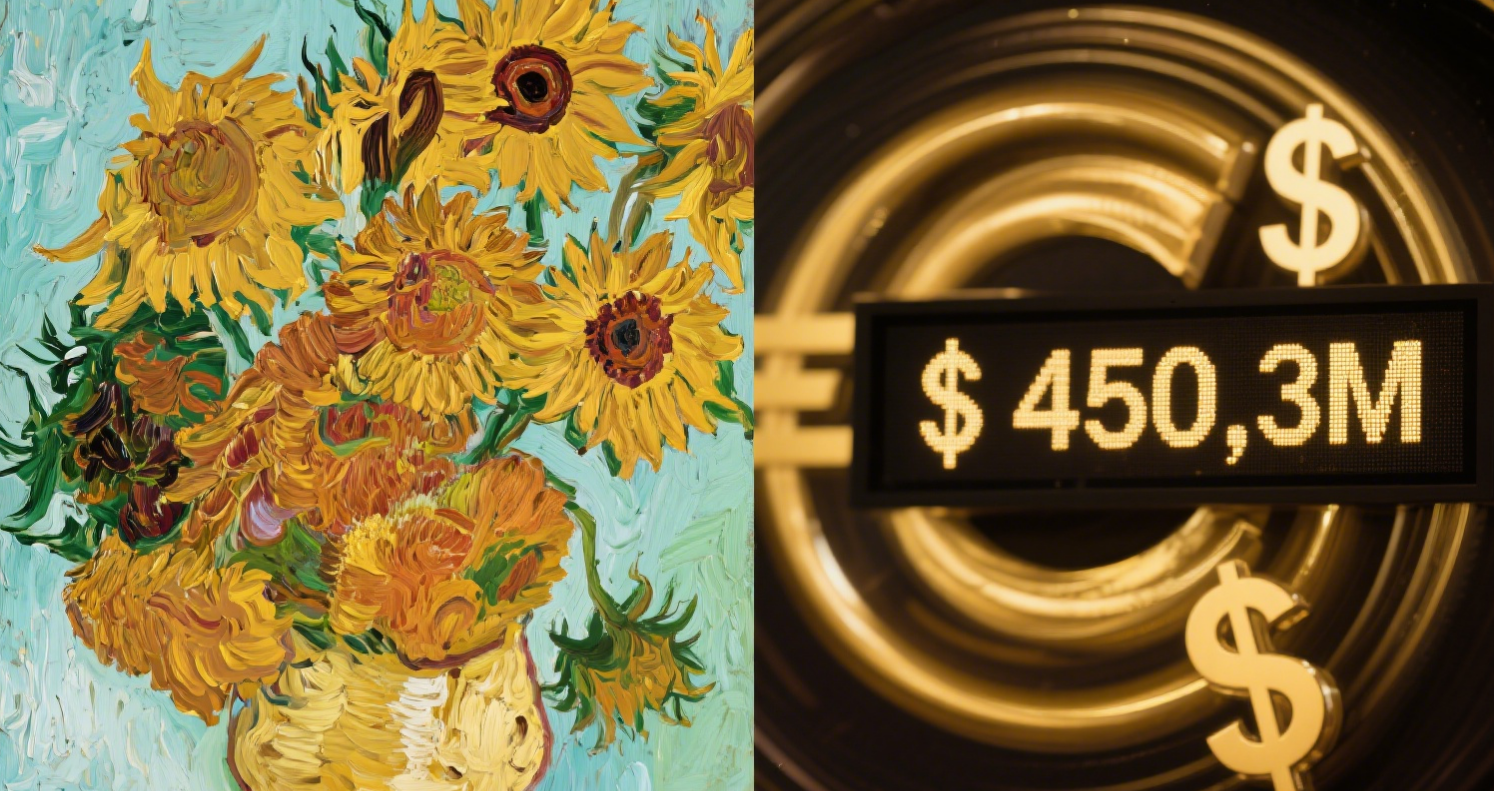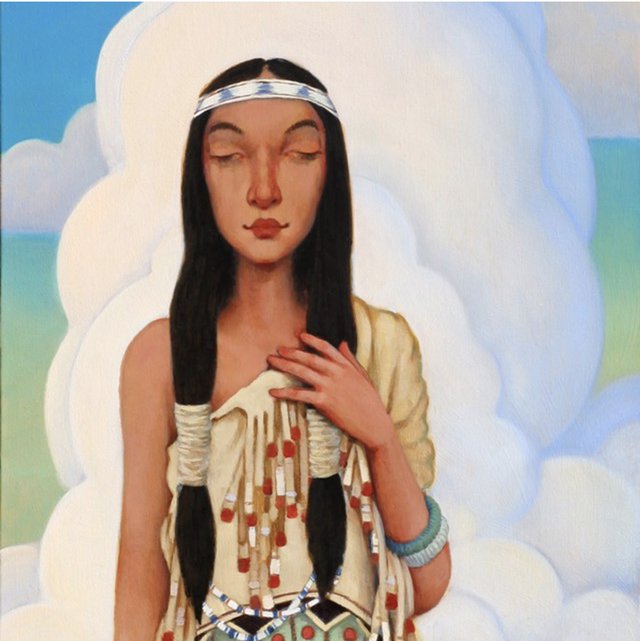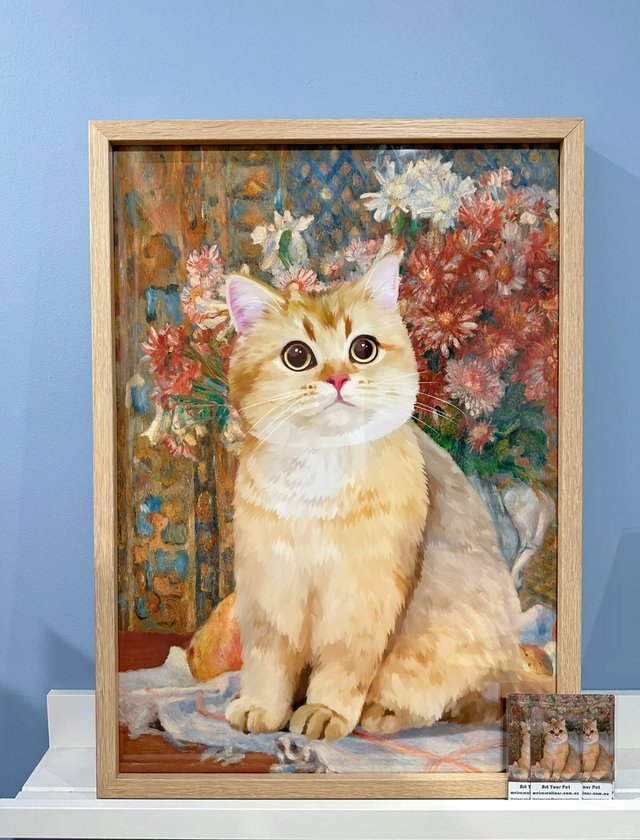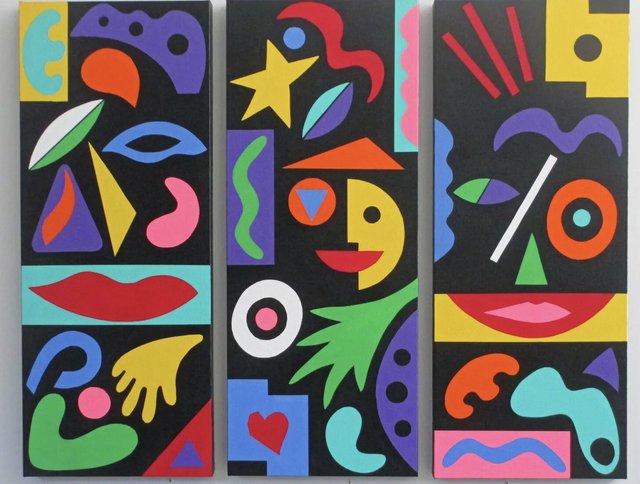The 10 Most Expensive Oil Paintings Ever Sold at Auction (2025 Update)

The world of fine art auctions is a stage where creativity, history, and staggering wealth collide. Over the decades, oil paintings by legendary Artists have fetched astronomical prices, redefining the boundaries of art as both a cultural treasure and a financial asset. From Van Gogh’s emotional landscapes to Picasso’s revolutionary cubism, these masterpieces aren’t just art—they’re global icons. Here’s an exclusive look at the 10 most expensive oil paintings ever sold at auction, along with expert insights to help you decode their value and navigate the high-stakes art market.
**1. Salvator Mundi by Leonardo da Vinci**
Price: $450.3 million
Year Sold: 2017
Auction House: Christie’s New York
This Renaissance masterpiece, depicting Jesus Christ holding a crystal orb, became the most expensive painting ever sold when it shattered records at Christie’s in 2017. Rediscovered after centuries of obscurity, its authenticity was fiercely debated, but its status as a da Vinci original was confirmed through meticulous analysis . The buyer, believed to be Saudi Arabia’s Crown Prince Mohammed bin Salman, acquired it for the Louvre Abu Dhabi.
Why It’s Priceless:
Rarity: Only 15 authenticated da Vinci works exist.
Historical Significance: A symbol of religious art and Renaissance innovation.
Market Psychology: The auction’s hype and geopolitical intrigue drove bidding to unprecedented heights.
Actionable Tip: For investors, prioritize works with provenance (ownership history) and museum-quality condition. These factors are critical for long-term value retention .
**2. Interchange by Willem de Kooning**
Price: $300 million
Year Sold: 2015
Auction House: Private Sale
De Kooning’s abstract expressionist masterpiece, featuring bold colors and dynamic brushwork, was sold privately by billionaire David Geffen. The painting’s raw energy and urban themes reflect the artist’s New York City roots, making it a cornerstone of modern art .
Why It’s Priceless:
Movement Leadership: A defining work of the Abstract Expressionist movement.
Collector Prestige: Geffen’s ownership added cachet, as he’s known for curating a world-class art collection.
Actionable Tip: Monitor private sales—they often involve rare works not publicly listed. Platforms like Sotheby’s Private Sales offer access to these exclusive opportunities .
**3. The Card Players by Paul Cézanne**
Price: $250 million
Year Sold: 2011
Auction House: Private Sale
Cézanne’s depiction of peasants playing cards is a masterpiece of post-impressionism, celebrated for its geometric precision and emotional depth. The painting was sold to the royal family of Qatar, reinforcing the Middle East’s growing influence in the art market .
Why It’s Priceless:
Artistic Influence: Inspired cubism and modern art movements.
Cultural Prestige: Qatar’s acquisition positioned the country as a global art hub.
Actionable Tip: Emerging markets like the Middle East and Asia are driving demand for Western classics. Stay updated on regional trends to identify undervalued works .
**4. Nafea Faa Ipoipo (When Will You Marry?) by Paul Gauguin**
Price: $210 million
Year Sold: 2015
Auction House: Sotheby’s New York
Gauguin’s vibrant Tahitian scene, painted during his self-imposed exile, sold to a Qatari royal for a record $210 million. The work’s exoticism and symbolic themes of love and cultural identity resonate deeply with collectors .
Why It’s Priceless:
Cultural Narratives: Reflects Gauguin’s exploration of non-Western aesthetics.
Market Timing: The 2015 sale coincided with a surge in interest in Impressionist and Post-Impressionist art.
Actionable Tip: Study market cycles. Impressionist works often perform well during economic downturns due to their perceived stability .
**5. Number 17A by Jackson Pollock**
Price: $200 million
Year Sold: 2015
Auction House: Christie’s New York
Pollock’s drip painting, a hallmark of Abstract Expressionism, sold to hedge fund manager Ken Griffin. The chaotic composition and technical innovation make it a benchmark for postwar American art .
Why It’s Priceless:
Technical Mastery: Pollock’s unique technique redefined painting.
Investor Confidence: Griffin’s purchase highlighted art’s role as a hedge against inflation.
Actionable Tip: For high-net-worth investors, consider art funds like Masterworks, which fractionalize ownership of blue-chip works, offering diversified exposure .
**6. The Standard-Bearer by Rembrandt van Rijn**
Price: $198 million
Year Sold: 2006
Auction House: Sotheby’s London
Rembrandt’s portrait of a Dutch soldier, painted in 1636, remains the most expensive Old Master painting ever sold. Its emotional intensity and technical virtuosity exemplify the Dutch Golden Age .
Why It’s Priceless:
Historical Authenticity: A rare Rembrandt in pristine condition.
Collector Demand: Old Masters are coveted for their scarcity and timeless appeal.
Actionable Tip: When investing in Old Masters, verify authenticity through reputable experts and institutions. Counterfeits are common in this market .
**7. Shot Sage Blue Marilyn by Andy Warhol**
Price: $195 million
Year Sold: 2022
Auction House: Christie’s New York
Warhol’s iconic Marilyn Monroe silkscreen, part of his “Death and Disaster” series, sold to an anonymous buyer in 2022. The work’s bold colors and pop culture relevance make it a modern collector’s dream .
Why It’s Priceless:
Cultural Impact: A symbol of consumerism and celebrity worship.
Market Momentum: Pop art continues to dominate contemporary auctions.
Actionable Tip: Follow emerging trends. Digital art (NFTs) and street art are gaining traction, offering opportunities for younger investors .
**8. No. 6 (Violet, Green, and Red) by Mark Rothko**
Price: $186 million
Year Sold: 2014
Auction House: Sotheby’s New York
Rothko’s color field painting, with its meditative composition, sold to a private collector. The work’s spiritual undertones and minimalist style resonate with collectors seeking emotional depth .
Why It’s Priceless:
Emotional Resonance: Rothko’s works evoke introspection and contemplation.
Market Scarcity: Only a handful of large-scale Rothko paintings exist.
Actionable Tip: For institutional investors, consider art-backed loans. These allow borrowing against artworks while retaining ownership, providing liquidity without selling .
**9. Portraits of Maerten Soolmans and Oopjen Coppit by Rembrandt van Rijn**
Price: $180 million
Year Sold: 2015
Auction House: Christie’s New York
Rembrandt’s double portrait, commissioned for a wealthy Amsterdam couple, sold to the Rijksmuseum and the Louvre Abu Dhabi. The collaboration between two museums underscores the globalization of art ownership .
Why It’s Priceless:
Technical Brilliance: Rembrandt’s use of light and shadow is unmatched.
Cultural Diplomacy: Joint ownership by museums highlights art’s unifying power.
Actionable Tip: Explore art partnerships. Museums and private collectors often co-invest in works, sharing costs and exhibition rights .
**10. Water Serpents II by Gustav Klimt**
Price: $170 million
Year Sold: 2007
Auction House: Sotheby’s London
Klimt’s erotic and symbolic painting, part of his “Golden Period,” sold to an anonymous buyer. The work’s intricate gold leaf and sensuality make it a quintessential Klimt .
Why It’s Priceless:
Symbolist Movement: A key work of the Vienna Secession.
Collector Sentiment: Klimt’s works are highly sought after for their blend of beauty and provocation.
Actionable Tip: For long-term investors, focus on blue-chip artists with consistent auction performance. Klimt, Van Gogh, and Picasso are reliable choices .
TheArtPaint’s Expert Bidding Strategies
Research Auction History: Use platforms like Artnet or Christie’s to analyze past 成交价 and identify trends.
Verify Authenticity: Always request a certificate of authenticity and provenance documents.
Understand Market Cycles: Impressionist and Modern art thrive in stable economies, while Contemporary art is more volatile.
Diversify Your Portfolio: Mix blue-chip works with emerging artists to balance risk and reward.
Leverage Technology: AI tools like Artland’s market analytics can predict future value .
Table: The Top 10 Most Expensive Oil Paintings at Auction
| Rank | Artist | Title | Price | Year Sold | Auction House |
|---|---|---|---|---|---|
| 1 | Leonardo da Vinci | Salvator Mundi | $450.3M | 2017 | Christie’s New York |
| 2 | Willem de Kooning | Interchange | $300M | 2015 | Private Sale |
| 3 | Paul Cézanne | The Card Players | $250M | 2011 | Private Sale |
| 4 | Paul Gauguin | Nafea Faa Ipoipo | $210M | 2015 | Sotheby’s New York |
| 5 | Jackson Pollock | Number 17A | $200M | 2015 | Christie’s New York |
| 6 | Rembrandt van Rijn | The Standard-Bearer | $198M | 2006 | Sotheby’s London |
| 7 | Andy Warhol | Shot Sage Blue Marilyn | $195M | 2022 | Christie’s New York |
| 8 | Mark Rothko | No. 6 (Violet, Green, and Red) | $186M | 2014 | Sotheby’s New York |
| 9 | Rembrandt van Rijn | Portraits of Maerten Soolmans and Oopjen Coppit | $180M | 2015 | Christie’s New York |
| 10 | Gustav Klimt | Water Serpents II | $170M | 2007 | Sotheby’s London |
Conclusion
The world’s most expensive oil paintings are not just artworks—they’re financial milestones and cultural touchstones. Whether you’re a seasoned collector or a curious investor, understanding their value requires a blend of historical knowledge, market acumen, and strategic planning. At theArtPaint, we empower you to navigate this exciting landscape with expert insights and actionable advice.




